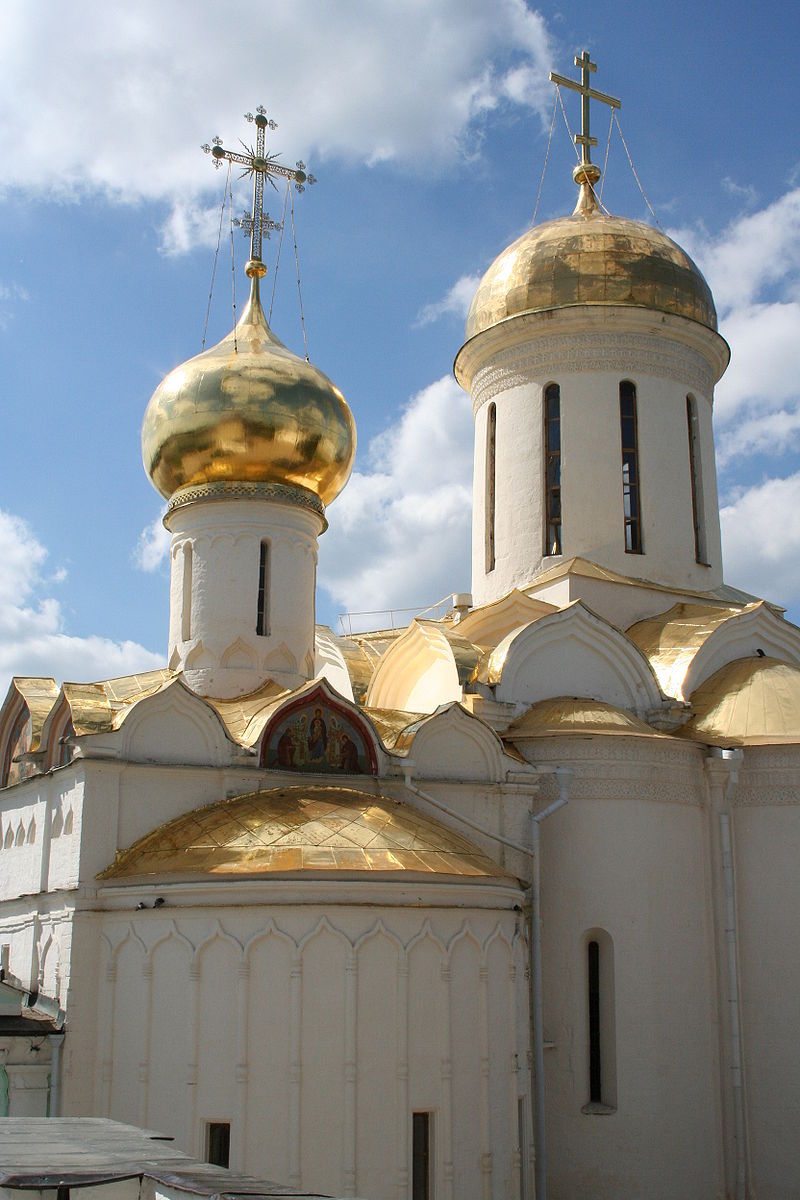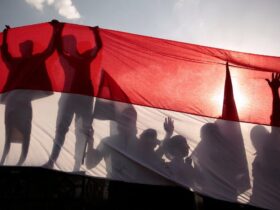The Soviet Union’s relationship with religion was tenuous at best. The Bolsheviks, led by Vladimir Lenin, were devoted to Marxism, and would eventually become the Communist Party of the Soviet Union and establish the U.S.S.R. in 1922. By area size, the Soviet Union was the largest country in the world, comprised of over 100 nationalities and dozens of languages.
The Soviet Union viewed religion as Karl Marx did, calling it “the opiate of the masses” and removed all religious teachings and references from school curriculums just weeks after the 1917 October Revolution. Churches were destroyed, as were synagogues and mosques, and the official belief of the State became scientific atheism, which posited that people should only follow the natural and physical sciences and the notion that a God doesn’t exist. For those living under Soviet occupation, their longtime relationship with religion and statehood was tarnished.
Despite Article 124 of the Constitution of the Soviet Union guaranteeing freedom of religion, prosecution of religious beliefs persisted in the Soviet-governed territories. Between 1936 and 1937, tens of thousands of religious leaders were shot and it became illegal to teach religion. Freedom of religious expression was effectively dismantled: anti-religious propaganda was commonplace and so was the repression of established religious groups. Founded in 1925, The League of Militant Godless was the Soviet regime’s project to secularize Soviet states completely by 1937. The League was comprised of volunteers who would attempt to eliminate the practice of religion from one’s daily life by organizing and hosting anti-religious demonstrations and lectures and promoting atheist propaganda in public spaces. In 1929, the government created a new Calendar that removed Fridays, Saturdays and Sundays, all of which are considered days of worship for many religions.
What caused the Soviet Union to relax its grip on freedom of religion? In a 1944 interview between U.S.S.R. leader Joseph Stalin and a Roman Catholic Priest, Stalin stated “[World War Two] eliminated the contradictions between the church and the state. The believers abandoned their positions of rebellion, and the Soviet government abandoned its own militant position toward the religion.” With the start of the war, the government adopted a more tolerant attitude towards religion to ensure support from the Allied powers and was more subjected to influence by Western values, which included religious acceptance. When Germany began its occupation of multiple Soviet satellite states, the forced secularization ended as the Soviet Union lost control of its proxy states. During this time, these newly German states were exposed to new ideologies and the populations that were forced to resettle became Orthodox and Catholic. While the Nazi party was not friendly towards religion, it found that many Catholic Churches in German-occupied countries were antisemitic and hateful towards Jewish people and supported Hitler’s Holocaust.
In 1943, Temples and other sites of religious worship were reopened and the Orthodox Church, which was the largest religion pre-Soviet Union, was once again recognized by the State. Despite this seeming reversal of its anti-religious policies, the Soviet Union was clear that Marxism was the dominant ideology, and religions would be inferior.
Despite eradicating many of the institutional foundations of religion in the Soviet Union, religion privately persisted. By the late 1980s, Mikhail Gorbachev passed legislation (by a vote of 341 to 1) that allowed religious education in schools, granted freedom of worship and ended the policy of atheism for the government. Gorbachev himself was secretly baptized as a child and his mother was a practicing member of the Russian Orthodox Church. This also marked the end of the Soviet Union: its central stance on religion — that it is antithetical to Marxism — was broken, and so was the Soviet Union’s moral legitimacy.
Many of the older citizens who had grown up before the Soviet Union happened still held onto their religious beliefs and returned to their respective religious practices after the Soviet Union dissolved in 1991. According to a Pew Research Center study, roughly 72% of Russians identified as Orthodox Christians in 2008, a 41% increase from 1991. Older and less-educated Russians were more likely to identify as Orthodox Christians. As national identity and religion are closely intertwined, the majority of Eastern Europe identified as Catholic or Orthodox Christian before the Soviet occupation so as a result of the dissolution of the U.S.S.R. they returned to their respective religions.
The Soviet Union’s legacy with religion is long and complicated, but ultimately, the regime failed to eradicate religion and force secularization. Freedom of religion expanded rapidly as a result of World War Two and the dissolution of the Soviet Union, but it is also likely that people still practiced their religion behind closed doors during the age of the Godless.







